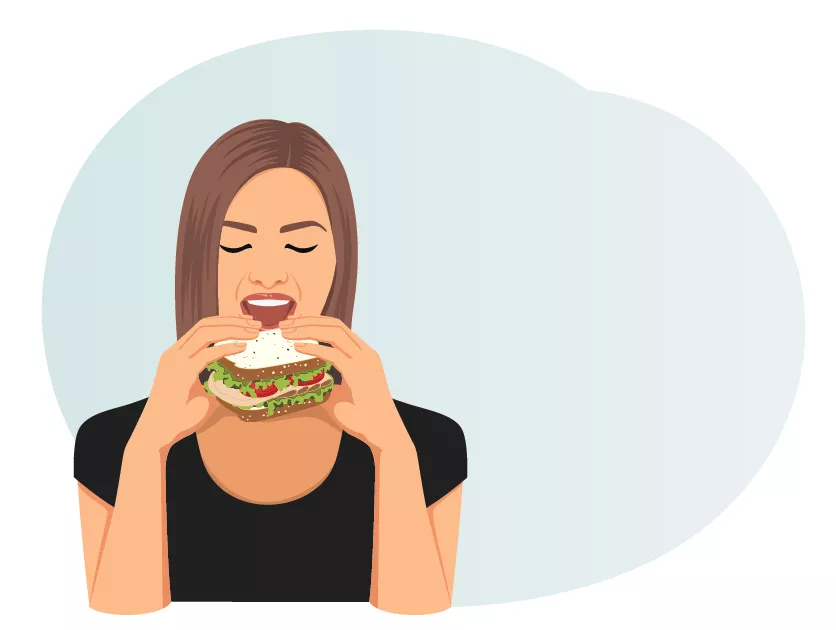For many educators around the country, a lunch break is anything but a break. After a mad dash to the restroom, they give extra help to struggling students, answer parent emails, catch up on les-son planning, monitor the playground or cafeteria, or attend meetings called by their principal. Rarely do they take time to actu-ally sit and eat.
All of this takes a toll on their physical and mental health, which is why Manny Lopez, a third-grade teacher from California, is a strong advocate for duty-free lunches. NEA Today sat down with Lopez to talk about the importance of duty-free lunches: Why are duty-free lunches important?
Manny Lopez: As educators, we’re on our feet for most of the day and have to be “on” for hours at a time. We need an opportunity to power down and reflect. It's physically exhausting to be front and center all day long. The body literally needs a break.
It’s also a mental health issue. Teaching is a very isolating job. You are with a community of students, but adult interaction is critical. Professionals need to talk to colleagues about what they’re doing in the classroom, refl ect with others, or just have a relaxing chat with a friend before heading back to class.
Why are you passionate about this issue?
ML: I’m passionate about a lot of issues—I’m a longtime union activist—and I want more people to know that they have the right to a duty-free lunch, and if they don’t, they should fi ght for one. When a colleague was a new mother, she used her lunch break to pump breast milk. But her principal regularly called meetings with her during her break. When could she pump? Another colleague works at a school in Tennessee where educators get only 20 minutes for lunch and have to eat with their students, so it’s not at all duty free.
Is this also a problem for education support professionals?
ML: Absolutely, especially those who work with special needs students. It’s very hard to find people to do that challenging work, and there is often nobody to take over during an educator’s lunch period, but the school and the district must fi nd a way. Special educators will burn out without a break.
Many educators today are experiencing secondary trauma—when a person is continuously exposed to descriptions of traumatic events experienced by someone close to them, such as students, and absorbs some of that trauma. How does a duty-free lunch help them cope?
ML: I have three homeless children in my class right now. I’ve had students whose parents were murdered. These kids come in with terrible stories. We absorb all of that and are often not able to do enough to help them. It’s impossible to shake that off, but it helps to get a hug from a colleague or just vent about what’s going on. It’s critical that we have time to connect with colleagues. It’s self-care.
How can educators advocate for a duty-free lunch?
ML: Get your colleagues worked up! Make it an issue—everyone wants to have a break during the day. Make copies of this article and pass them around. Seek help from the principal and superintendent. If they see your solidarity and your power, they will have to listen. Go to board meetings, involve parents, get them trained. Parents often want to be involved in their childrens’ schools. Let them have lunch duty. Or create jobs for other community members to be bus, playground, and cafeteria monitors. There are ways to do this. Make it a reality. Educators need sustenance, nutrition, a few moments to refl ect and collect themselves. They need to break bread with colleagues. Only then can they go back to the classroom refreshed and ready to be their best.

